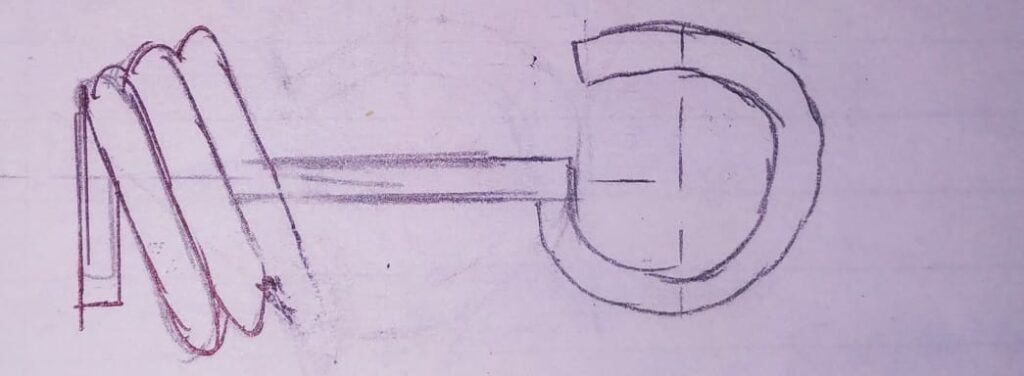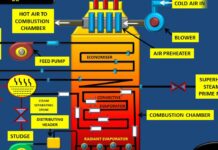STYLES OF END : THE REQUIREMENT IN DESIGN
STYLES OF END: Basically defined as the shape or form given to the end portion of a spring during design.
These are used in application in both Compression as well as Extension springs.
The turns or styles provided at the two ends of the spring doesn’t affect the Deflection calculated from the Load – deflection equation.
Therefore, while calculating No.of active coils(N), the end turns should be subtracted from the total No. of turns.
ENDS IN HELICAL COMPRESSION SPRINGS:
There are four ‘styles of end” of a Helical Compression Spring:
1. PLAIN ENDS : Here, the spring ends styled in a plain shape.
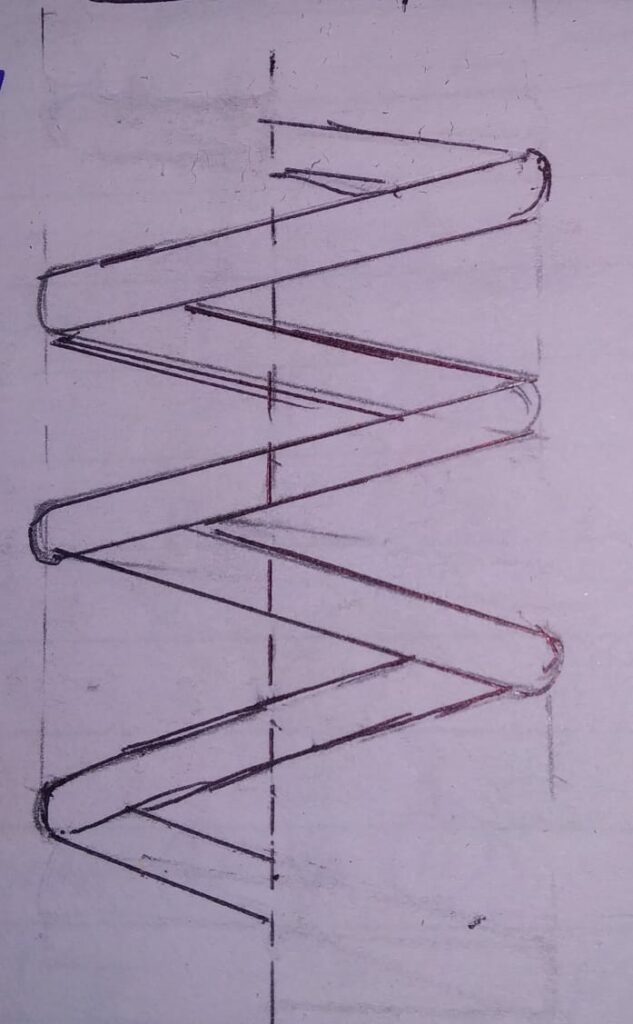
2. PLAIN & GROUND ENDS: Here, the ends are plain as well as rests on a base parallel to ground reference.

3. SQUARE ENDS : Here, the spring ends styled in a square shape.
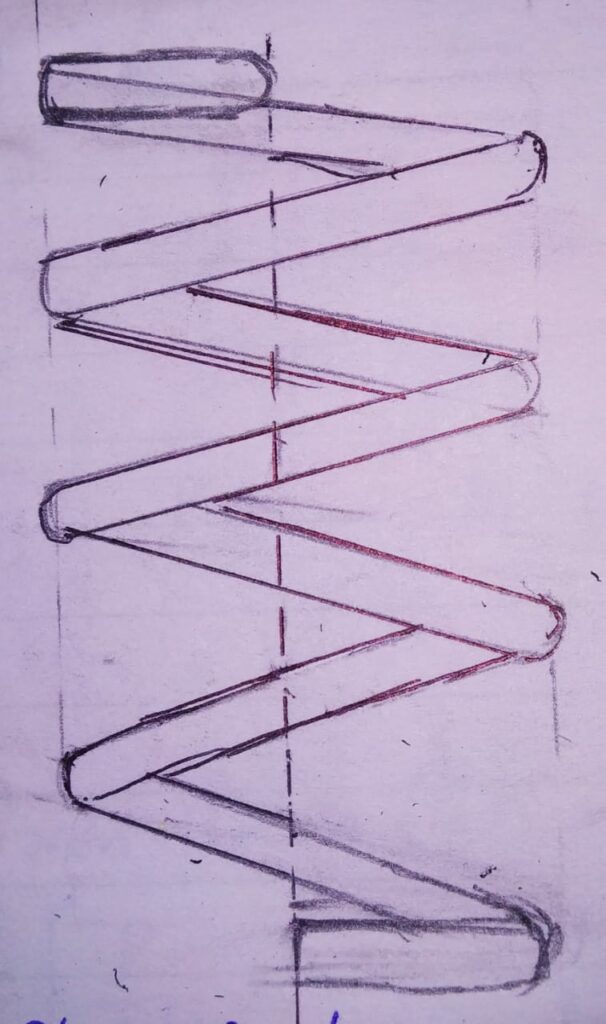
4.SQUARE & GROUND ENDS: Here, the ends are squared as well as rests on a base parallel to ground reference.
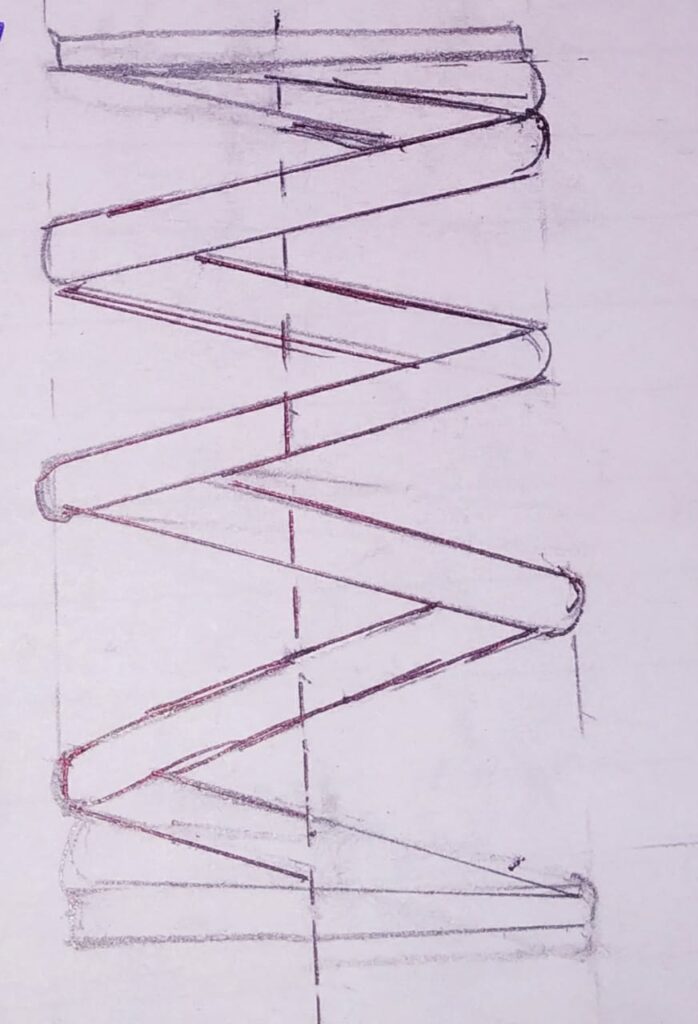
The No. of active turns for different styles of end given below as follows:
| TYPE OF ENDS | No. OF ACTIVE COILS (N) |
| PLAIN ENDS | Nt |
| PLAIN & GROUND ENDS | Nt-1/2 |
| SQUARE ENDS | Nt-2 |
| SQUARE & GROUND ENDS | Nt-2 |
ENDS IN HELICAL EXTENSION SPRINGS:
Here, the ends are arranged in such a way so that stress concentration at the bend is minimum.
Stress concentration at spring ends sometimes becomes so high that spring body becomes stringer than end coils .
Therefore, failure occurs at the ends of the springs.
Here, all coils are active coils in helical extension springs.
Therefore, Nt=N.
There are four ‘styles of end” of a Helical Extension Spring:
1. V-HOOK: Here, the spring ends styled in a V-shape.
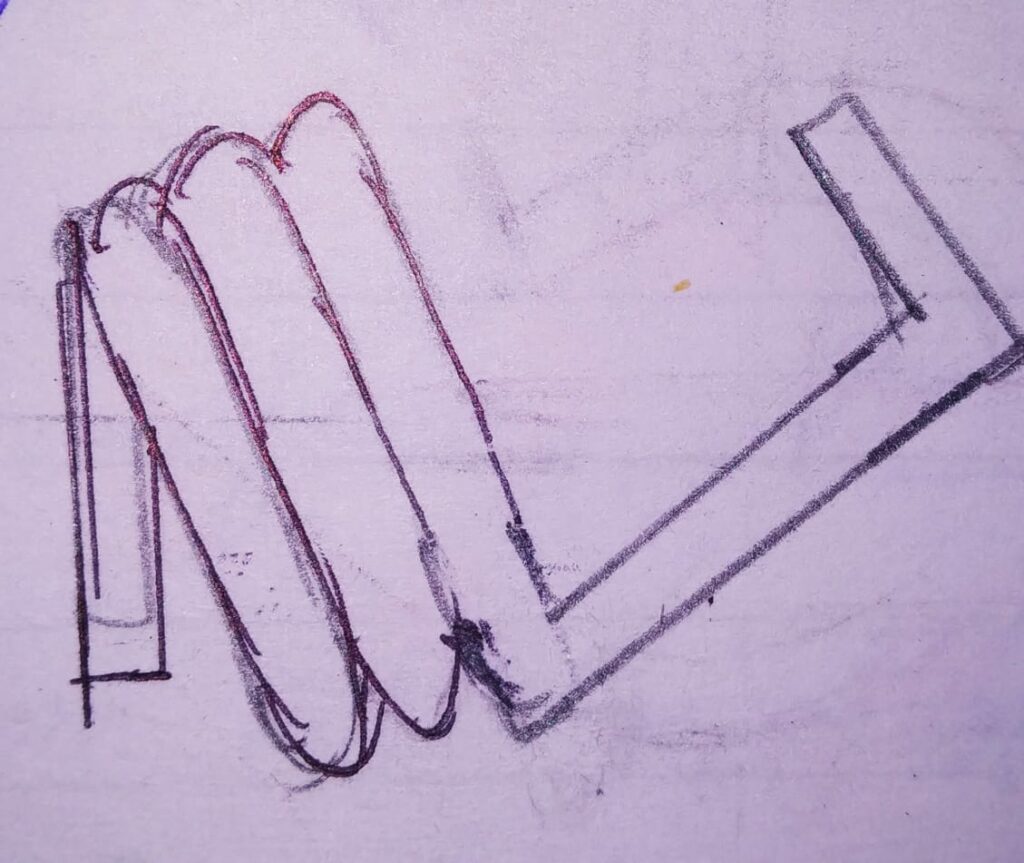
2. RECTANGULAR HOOK: Here, the ends are styled to bend into a rectangular shape.

3. FULL HOOK : Here, the spring ends styled in a circular shape.
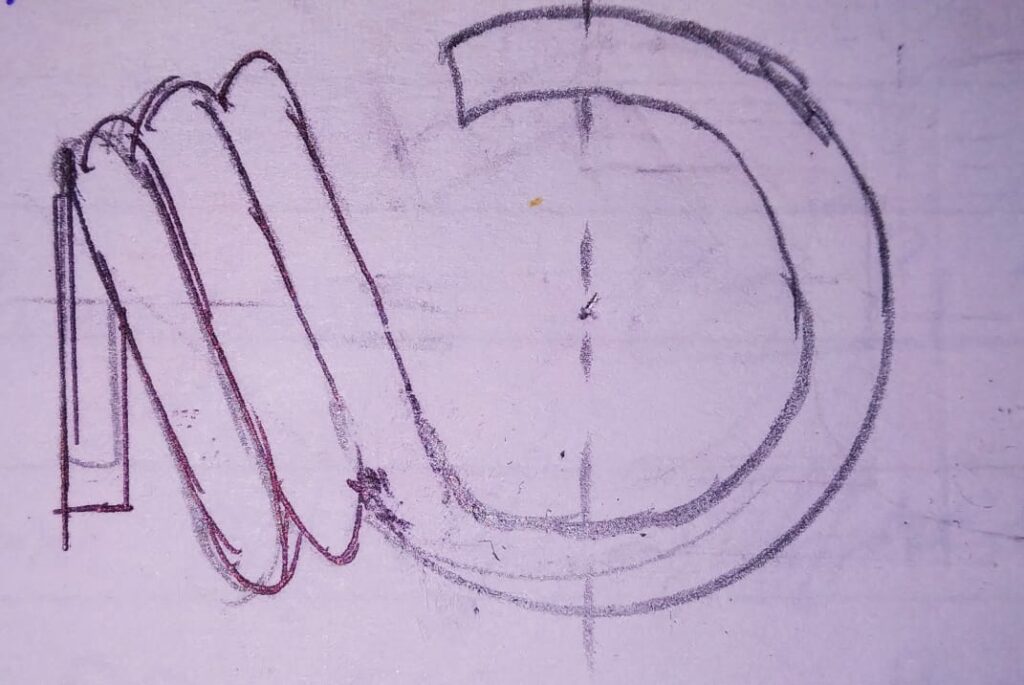
4.EXTENDED HOOK: Here, the ends are first extended and then turned into a circular bend.
